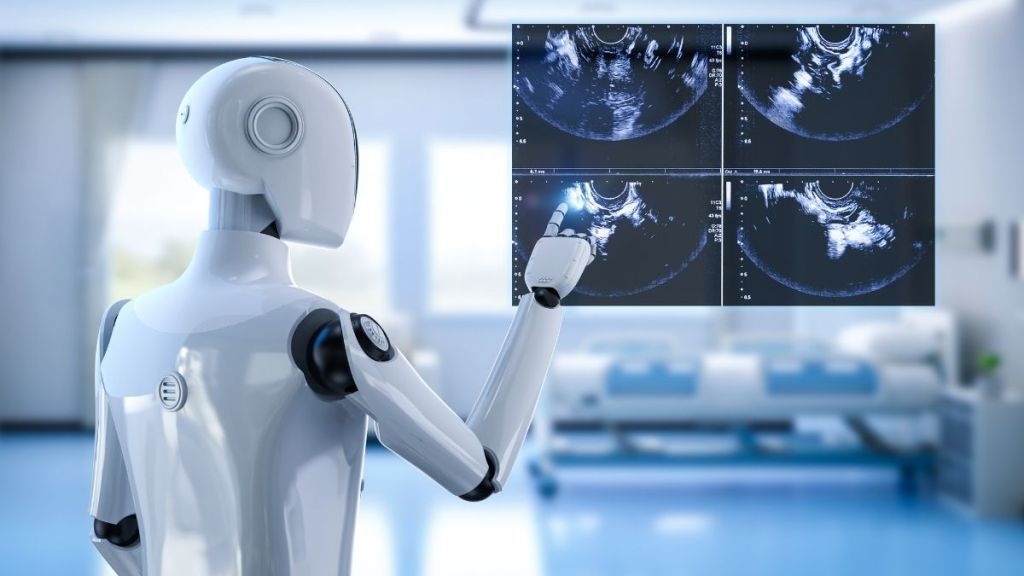Chinese scientists have reportedly unveiled plans for the world’s first humanoid robot capable of carrying a pregnancy to term. Led by Dr. Zhang Qifeng of Kaiwa Technology in Guangzhou, the project is reported to be in an advanced stage. The prototypes are slated for sale next year at around £10,000.
Here’s what pregnancy robot is all about
Chinese researchers are developing a humanoid robot that could potentially carry a pregnancy to full term. The robot is designed to simulate an entire pregnancy, allowing a fetus to grow inside an artificial womb and receive nutrients through a tube.
Dr. Zhang Qifeng, founder of Kaiwa Technology in Guangzhou, stated that the technology has reached a “mature stage.” The next step involves implantation into the robot’s abdomen so that human interaction can facilitate pregnancy. According to Dr. Qifeng, a live baby could be born after nine months. A prototype is expected to be available for purchase next year at approximately £10,000 (100,000 yuan) (via The Telegraph).
Reports in Chinese media describe the robot as capable of simulating the full pregnancy cycle. During gestation, the fetus would reside inside the robot’s body, surrounded by artificial amniotic fluid to replicate the womb environment. However, as of now, the specific method of fertilization and implantation remains unknown.
Dr. Qifeng highlighted that the concept builds on earlier experiments in which premature lambs were sustained in “biobags” for weeks. He also revealed that discussions with Guangdong authorities are underway to draft relevant policies and regulations.
The project has already triggered debates over ethical implications. Advocates argue that the technology relieves women of the physical risks of pregnancy. It could also provide solutions to China’s rising infertility rate.
However, critics warn that depriving a fetus of maternal connection is ethically questionable. Medical experts have expressed skepticism. They doubt the ability of artificial systems to replicate essential biological processes like hormone secretion required for fetal growth.
Originally reported by Disheeta Maheshwari on Mandatory.











